Most of the developers reported about android emulator not responding windows 11 problem and have to downgrade to Windows 10 to resolve the problem. This issue can be fixed and we have provided below the three best possible ways to fix it.
But, before you move and follow these guides, we recommend you once check and ensure if your Windows 11 compatible PC can run Android apps. Below are the minimum system requirements as shared by Microsoft:
- Processor – Intel Core i3 8th minimum or above, AMD Ryzen 3000 minimum or above, Qualcomm Snapdragon 8c minimum or above.
- Processor architecture: x64 or ARM 64
- Storage type: Solid State Drive (SSD),
- Virtual Machine Platform: Feature must be enabled.
- RAM: 8 GB minimum (16 GB recommended).
If your system fulfill these minimum requirements and still you suffer from this problem, you should follow the below provided troubleshoot. Hopefully, these will work for you:
Possible fixes for android emulator not responding windows 11
Fix 1: Use Turn Feature on and off option
- On the Windows Search, type Turn Window,
- Select the option Turn Windows features on or off,
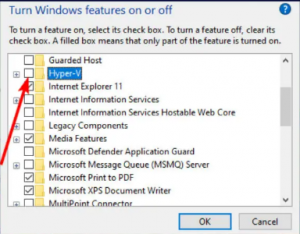
- Locate Hyper-V option and check its checkbox to disable it,
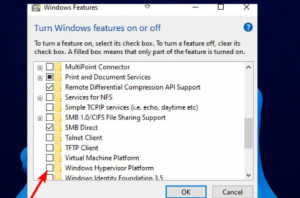
- Now, un-check Windows Hypervisor platform.
After disabling this feature, install Android Emulator Hypervisor Driver from SDK tools in Android studio and SDK Manager. You have to finally enable the Hyper-V feature so that the WSL2 and other virtual machines start working again.
Fix 2: Comment out a line from the source code of Android Emulator
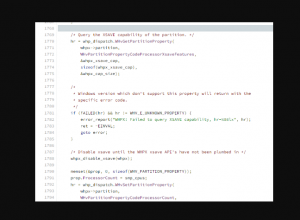
Android emulator not responding windows 11 might be caused due to the XSAVE disable code in the WHPX API integration. As a fix, comment out the line of the code and compile it by yourself. So, you don’t have to disable the Hyper-V and you would get the fix for the problem in the question by this method.
Fix 3: Try alternative Emulator
If the previous two methods do not work, we recommend you trying with alternative Emulator -the LD Player. It is a lightweight emulator that helps you to test, install and uninstall Android app games on Windows with an ease.
It is adept on running other apps and also is backed by LD store where you can download millions of games and apps. Also, it allows you to download app APKs and install them on the platform. If the problem remains, or you want to use some alternative, run Android apps on a real Android device.
Steps how to run Android app with physical device
If android emulator not responding windows 11 problems continues, or you want to try an alternative, you can run Android apps on a real Android device. In two stages, you have to complete the process. The entire steps are provided for you just below:
Stage 1: Enable Developer Mode on Android device
- Connect your Android device to PC using USB cable,
- Go to the Settings app on your Android phone and go to ‘About phone’,
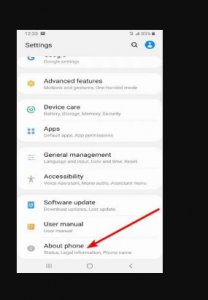
- Tap on the Build number seven times and wait till it shows Developer mode now enabled or equivalent prompt,
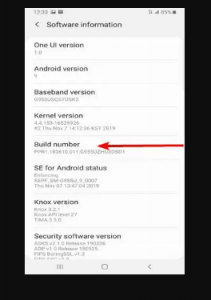
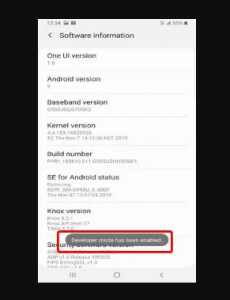
- Go back to the Settings app and select Developer options under About Phone,
- Under the Developer options, enable USB debugging.
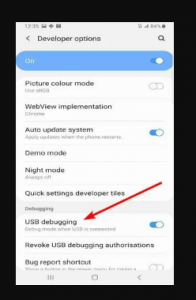
Stage 2: Run the app
- Go to Android Studio toolbar, click Run Configuration and select app,
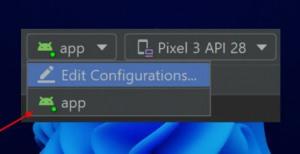
- On the Available Devices on the drop-down menu, select your device name.
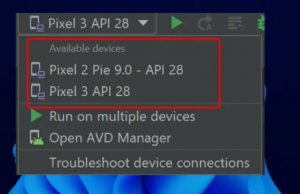
Conclusion
Android emulator not responding windows 11 issue is very frustrating however its fixes are available that we have already mentioned. We hope that these fixes really work for you and you will get back to doing what you wish to.
Since Windows related issues are common, you need an automatic tool to deal with these issues in efficient way. In the manner, we recommend you use PC Repair Tool – a professionally recommended and highly suggested tool to deal with Windows related problem.



